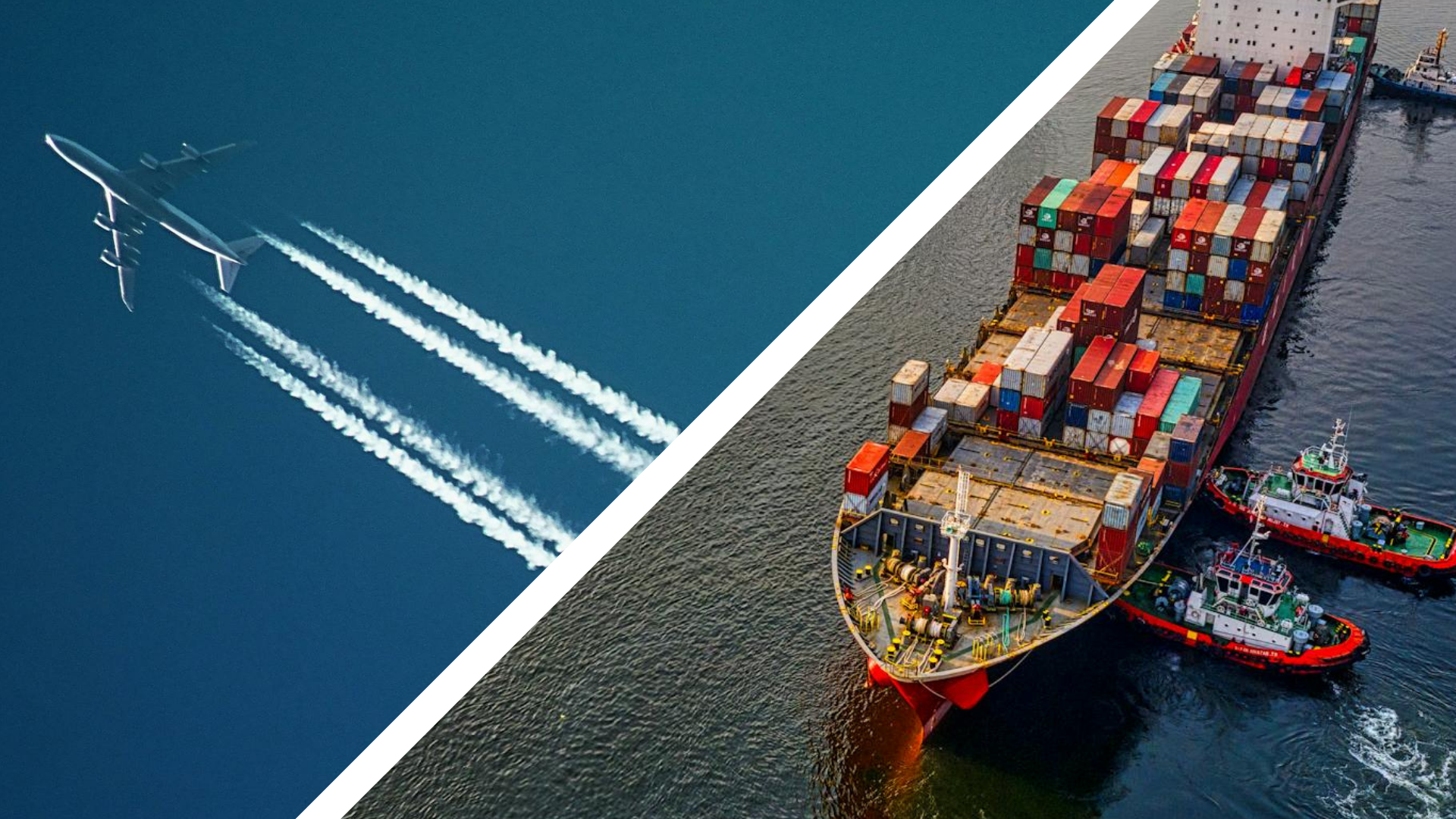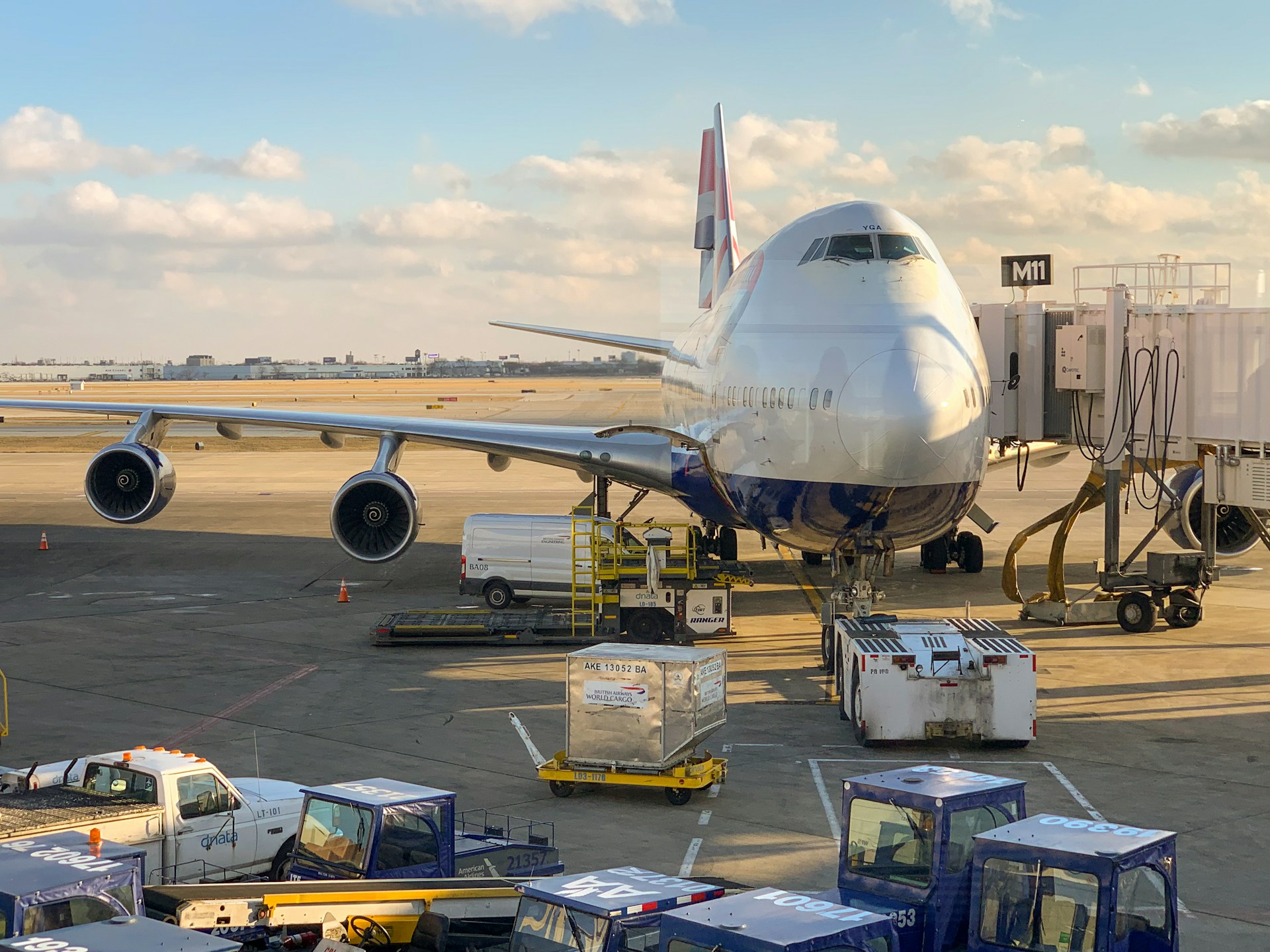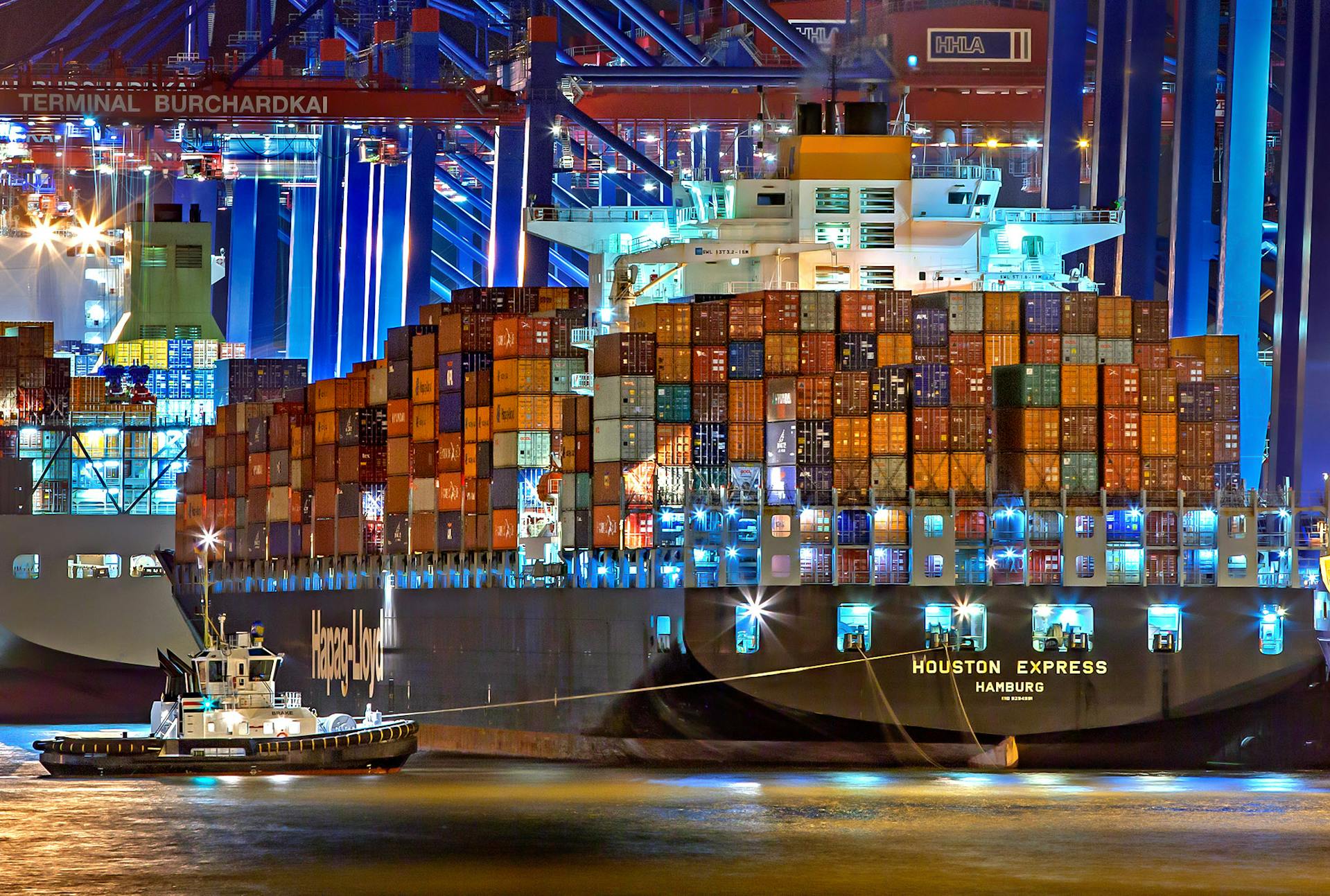Global trade is powered by the seamless movement of goods across continents. When businesses need to transport products internationally, two primary options dominate the discussion: air freight vs ocean freight. Each mode of transport comes with unique advantages and limitations. Selecting the right one can directly impact costs, lead times and customer satisfaction.
The speed of air freight
Air freight is the fastest way to move goods internationally. Cargo that might take several weeks by sea can often be delivered within a matter of days by air. This makes air freight particularly attractive for:
- High-value goods: Electronics, luxury items, and pharmaceuticals often travel by air to minimise the risk of damage or theft.
- Perishable goods: Fresh produce, seafood, or flowers require fast transit to preserve quality and maintain the integrity of cold chain logistics.
- Time-sensitive deliveries: Businesses working with tight deadlines or just-in-time supply chains benefit from reduced lead times.
However, speed comes at a cost. Air freight is significantly more expensive than sea transport and weight and size restrictions often limit what can be shipped.
The cost efficiency of ocean freight
Ocean freight is the backbone of international trade, moving roughly 90% of global cargo. Its main advantage lies in cost-effectiveness. Shipping by sea is far cheaper on a per-unit basis, especially for bulky, heavy or non-urgent goods.
Ocean freight is ideal for:
- Large consignments: Furniture, raw materials, and industrial equipment that would be prohibitively expensive to fly.
- Non-perishable items: Cargo that can withstand longer transit times without impacting quality.
- Businesses focused on reducing logistics costs: Lower shipping costs allow companies to maintain competitive pricing.
That said, ocean freight is slower – depending on routes, voyages can take from two weeks to over a month. Weather conditions, port congestion and customs delays can also impact reliability.
Key considerations when choosing
The decision between air and ocean freight depends on several factors:
- Transit Time – If speed is crucial, air freight is the clear winner. For less time-sensitive goods, ocean freight provides a cost-efficient alternative.
- Cargo Type – Fragile, perishable, or high-value goods are often better suited to air. Durable and bulky goods typically go by sea.
- Budget – Logistics budgets play a decisive role. While ocean freight is more economical, companies must weigh whether the savings offset the longer lead times.
- Sustainability – Businesses increasingly consider environmental impact. Ocean freight generally has a smaller carbon footprint per tonne than air, although both industries are working to improve sustainability.
Combining both for flexibility
Many businesses adopt a hybrid approach. They may use air freight for urgent consignments while relying on sea freight for regular stock replenishment. This strategy balances cost and speed while ensuring continuity in supply chains.
The choice between air freight and ocean freight is rarely a simple one. Both offer clear advantages, and the right decision depends on your cargo, deadlines, and cost considerations. For many businesses, a tailored strategy that blends both modes is the most effective solution.
The role of Berencourt
At Berencourt we understand that choosing the right mode of freight transport is not always straightforward. With decades of experience in international logistics, we guide businesses through the decision-making process, analysing cost, lead time and cargo requirements. Whether your priority is speed, budget, or reliability, we help design solutions that align with your business goals.
By leveraging our expertise and global network, we ensure your goods arrive safely, on time and in the most efficient way possible. Looking to optimise your freight strategy? Contact our team today to find the right balance between speed and cost for your global shipments.



